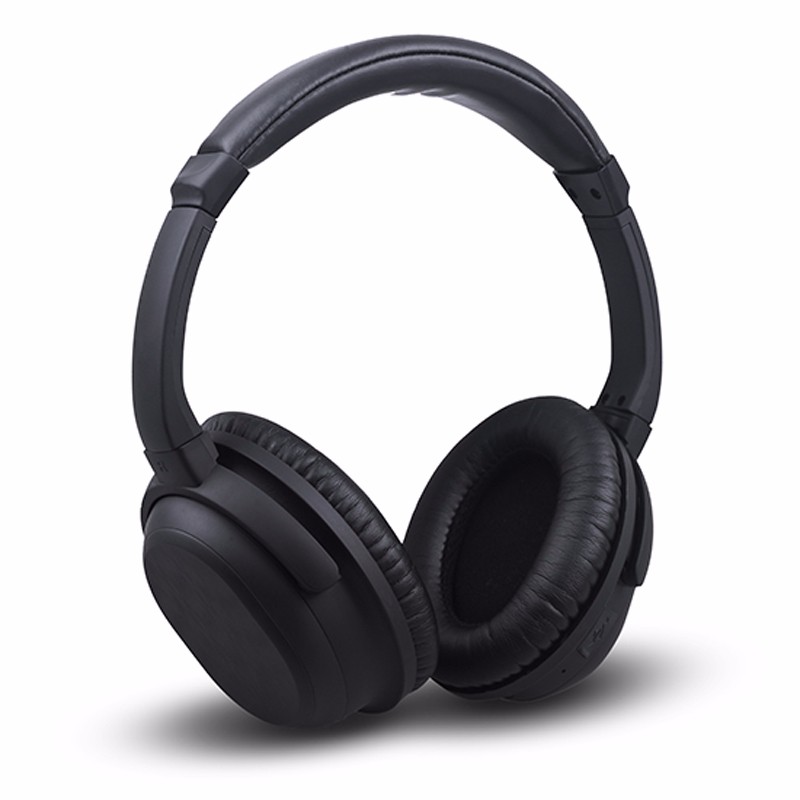Mobile Communications Summit Huawei helps TD-LTE rise in Africa
With the deployment and commercialization of Telkom's first TD-LTE network in South Africa, a new round of TD-LTE construction boom has already been staged on the African continent.
The two-day LTE Africa Summit 2013 was held in Cape Town, South Africa ’s legislative capital. At this conference, which has a "vane" significance for the development of mobile communications in Africa, TD-LTE keynote reports, special forums and a large participating industry camp made TD-LTE once again the focus of attention.
LTE Africa Summit TDD plays a leading role
Consistent with the global mobile communications development trend, Africa's mobile data traffic has also increased year by year at a double-digit rate.
According to predictions by third-party research institutions, the number of mobile users in Africa will exceed 1.13 billion by 2017. The foreseeable huge market coupled with the increasingly fierce competition, operators are also more urgent for the deployment of LTE.
On the opening day of the LTE Africa Summit in 2013, Huang Yuhong, President of China Mobile Research Institute, delivered a keynote speech summarizing China Mobile's TD-LTE progress and TD-LTE's excellent performance on China Mobile's network, and enthusiastically called for Africa with TDD spectrum Operators joined the Global TD-LTE Development Initiative (GTI) organization to jointly promote the development of the TD-LTE industry.
In the discussion session of the TDD session, Amko, the 8ta executive manager of Telkom Mobile subsidiary, shared Telkom ’s experience in rapidly building a TD-LTE network, and used the TD-LTE indoor coverage on-site to demonstrate the peak rate of 220Mbps, winning enthusiastic applause.
In addition, Qiu Heng, vice president of Huawei's TDD product line, also delivered a keynote speech entitled "TD-LTE Provides High-Performance Data Services for Africa" ​​at the forum, expounding from multiple perspectives such as spectrum acquisition, single-bit cost, and converged networking The unique value of TD-LTE to African data communication.
Huawei helps TD-LTE rise in Africa
As one of Africa ’s largest economies and one of the most influential countries, South Africa ’s GDP accounts for about one-third of the total economy of sub-Saharan African countries and has played an important role in leading regional economic development.
Telkom is the largest fixed-line operator in South Africa. It started operating GSM / UMTS in 2009. In 2012, it deployed the largest LTE network in Africa and the top five in the world. After more than a year of argumentation and testing, Huawei finally won the exclusive bid and obtained all the shares from the wireless access network, core network to business layer network elements.
The deployment of Telkom's TD-LTE network has greatly stimulated the enthusiasm of other operators in South Africa and even East and South Africa to build LTE / MBB. Round the peak of wireless construction.
It is understood that Huawei regards TD-LTE as one of its core strategies, and has made vigorous investments from standards, chips, terminals to system equipment, etc. As of June 2013, 46 TD-LTE commercial networks have been signed worldwide, and Huawei has participated in 38 of them; and 17 TD-LTE networks have launched commercial services, and Huawei has undertaken 13 of them.
There are two types of noise canceling headphones, active noise reduction and passive noise reduction.
The active noise reduction function is to generate a reverse sound wave equal to the external noise through the noise reduction system, and neutralize the noise, thereby achieving the effect of noise reduction. Active noise canceling headphones with noise-reducing circuits that compete with external noise. Most of them use a large head-mounted design, which can be used to block external noise by using earplugs and earphone casings, and to perform the first round of sound insulation. There is plenty of room to install active noise reduction circuits and power supplies.
Passive noise canceling headphones mainly form an enclosed space by surrounding the ear, or use soundproof materials such as silicone earplugs to block external noise. Since the noise is not processed by the noise reduction circuit chip, generally only high frequency noise is blocked, and the noise reduction effect on the low frequency noise is not obvious.
Application:
1: Business people, because of frequent business trips, especially those who travel between different cities every day, they must hate the noise in the cabin. If there is a noise-cancelling earphone, they will be able to stay away from these noises. Relax by enjoying the music.
2: The office staff also need a pair of noise canceling headphones. Sometimes when thinking about planning, listening to the sound of central air conditioning is particularly annoying, and if there are colleagues around at this time, it is even more annoying. At this time, you may wear a pair of noise-cancelling headphones to expand your thinking in music.

Noise Cancelling Headphones,Wireless Noise Cancelling Headphones,Sound Cancelling Headphones,Bluetooth Noise Cancelling Headphones
Shenzhen Linx Technology Co., Ltd. , https://www.linxheadphone.com